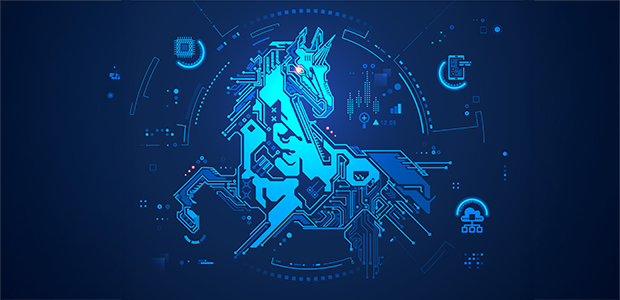
Builder.ai: how it went from unicorn to bankruptcy
Founded in London in 2016 as Engineer.ai by Sachin Dev Duggal, Builder.ai aimed to make custom software development as simple as ordering a takeaway. The proposition was straightforward: a non-technical customer could describe an app or website they wanted, and Builder.ai’s platform would assemble it from pre-built feature blocks, with human oversight and AI guidance.
Rebranded as Builder.ai in 2019, the company positioned itself at the forefront of the no-code/low-code movement, attracting high-profile partnerships with Microsoft and raising more than $445 million in funding. Its promise of faster, cheaper software builds resonated strongly with small businesses, enterprises, and investors alike.
The growth story
At its peak, Builder.ai had offices in the USA, UAE, Singapore, France, India, and Japan. Backers included the Qatar Investment Authority, Insight Partners, and Jungle Ventures. A $250 million Series D round in 2023 pushed its valuation beyond $1 billion, making it one of the UK’s celebrated unicorn startups.
The business model combined a composable library of pre-built features with a global network of developers, marketed as an AI-driven, scalable solution for rapid app delivery. Builder.ai claimed projects could be delivered up to six times faster and at 70% of the cost of traditional methods.
Cracks begin to show
Despite its branding, much of Builder.ai’s work was powered not by automation, but by a network of around 700 human developers based in India. This reliance was not inherently problematic, but investigations revealed that the company’s marketing overstated the role of AI in the process – a case of ‘AI washing’ that raised questions about transparency.
Financial issues followed. Reports alleged inflated revenue figures, with round-trip transactions creating an exaggerated picture of growth. In early 2025, revenue projections were cut by about 25%, leading to leadership changes: Duggal stepped aside as CEO, becoming ‘Chief Wizard’, while Manpreet Ratia took over.
By March 2025, around 270 employees – 35% of staff – were laid off, and audits revealed serious accounting discrepancies. In May 2025, Builder.ai entered insolvency proceedings, with roughly 1,000 job losses and bankruptcy filings in multiple jurisdictions.
“Builder.ai built a real AI-powered platform – combining LLM models and our own orchestration layers – to automate meaningful parts of the software assembly process,” Ratia wrote on LinkedIn. “It wasn’t a gimmick. It wasn’t smoke and mirrors.”
Lessons for other startups
Builder.ai’s trajectory offers valuable lessons for founders and investors:
- Be transparent about technology capabilities – overpromising can erode trust, especially when the gap between marketing claims and operational reality is large
- Sustainable growth matters more than valuation – rapid scaling and large funding rounds can mask weak revenue foundations
- Financial governance is non-negotiable – accurate reporting and independent audits should be built into operations from the outset
- Avoid hype-driven positioning – emerging technologies like AI can attract attention and investment, but the product must deliver measurable, repeatable value
- Culture and credibility go hand-in-hand – internal morale and external reputation are equally critical to resilience in challenging times
Builder.ai’s story is a reminder that in the startup world, growth without robust foundations is risky. Hype may open doors, but it is transparency, governance, and genuine delivery that keep them open.
For more startup news, check out the other articles on the website, and subscribe to the magazine for free. Listen to The Cereal Entrepreneur podcast for more interviews with entrepreneurs and big-hitters in the startup ecosystem.

